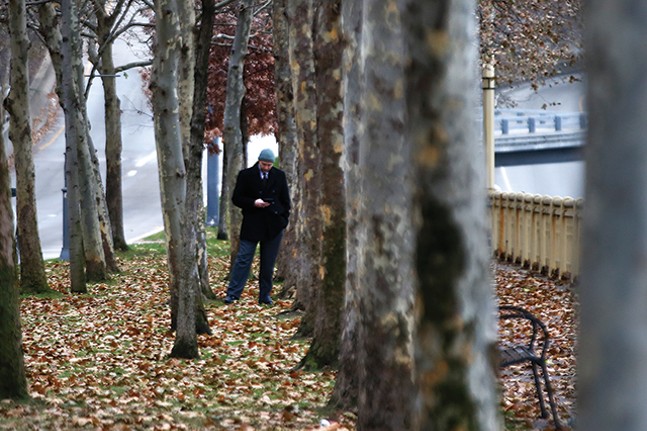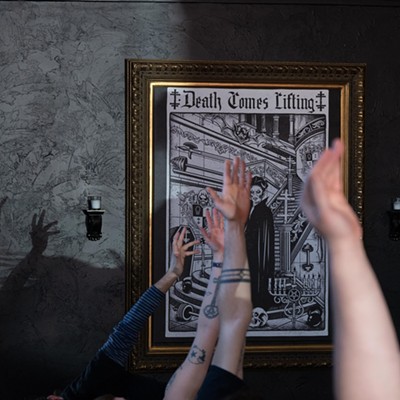Seasonal affective disorder, also known as SAD, is a type of depression that relates to the changing seasons. SAD can occur in any season, but it’s most common in the winter months.
Dr. Alicia Kaplan, a psychiatrist with Allegheny Health Network, says symptoms of SAD are similar to depression and that they typically start in fall and can remit by the spring.
“People get a mood disorder,” says Kaplan. “They tend to have typical signs of depression, they eat more, and they sleep too much. Generally, they have less energy. And interestingly, people also crave carbohydrates.”
Kaplan says about 0.5 to 3 percent of Pittsburghers suffer from SAD. She notes that women have higher rates of depression than men, and that young people are at higher risks for SAD than older residents. Rates tend to increase with higher latitudes, where in the winter the length of the day is shorter and average temperatures are colder.
Kaplan offers some suggestions on how to combat the symptoms of SAD, but she recommends patients meet with a doctor to determine what works best for them on a personal level.
Light Therapy
When daylight starts disappearing, create some of your own. Kaplan says therapy lights can be effective in combating some symptoms of SAD. These lights are incredible bright and simulate bright sunshine indoors.
The 10,000 lux units are spread across a broad screen, enveloping the room with soft, but powerful rays of light. Kaplan says it’s best to turn on therapy lights within 30 minutes of waking up and to stay active while the light is on. (Don't go back to sleep.)
“The patient should check with their doctor first, but it is generally meant to be used as early as possible,” says Kaplan. “They should make sure they are exposed to as much light as possible.”
Kaplan adds that SAD patients should also make sure they don’t have a conflicting condition where light therapy might hurt them. For example, people suffering from hypomania could be negatively affected by bright lights.
Exercise and/or Be Social
Kaplan says exercise can be a powerful force in combating the symptoms of SAD. She says it’s even better when patients exercise with friends.
In fact, being actively social when depression-like symptoms creep in is recommended. And it doesn’t have to be a physical activity.
“That social connection is important,” says Kaplan. “You can have friends over for tea, or some patients do Bible study. The human connection is important. Even something small but therapeutic can be a nice thing and rewarding.”
Kaplan says patients should be proactive in being social, and just waiting around for invitations from friends is ill advised.
“Motivation often comes after we do after an activity,” says Kaplan. “We can’t count on motivation to push us through; you have to do the action first.”
Medication and Counseling
SAD is a real form of depression and it goes beyond “just feeling moody and lethargic,” says Kaplan. She recommends patients seek counseling and professional opinions to determine if they are suffering from SAD.
“It comes down to how much stress it is causing and how much it is interfering with your everyday functions,” says Kaplan. “Sometimes people are just dealing with winter blues and seasonal affective disorder can have varying degrees. With respect to depression, you should get assessed and treated.”
And sometimes light therapy and social activity are not sufficient for treating SAD. Kaplan says that doctors can prescribe antidepressants for certain patients, which is why she feels it is important that patients seek counseling to determine the severity of their SAD.
Kaplan says counseling can help with anxiety as well, which can go hand in hand with SAD.















